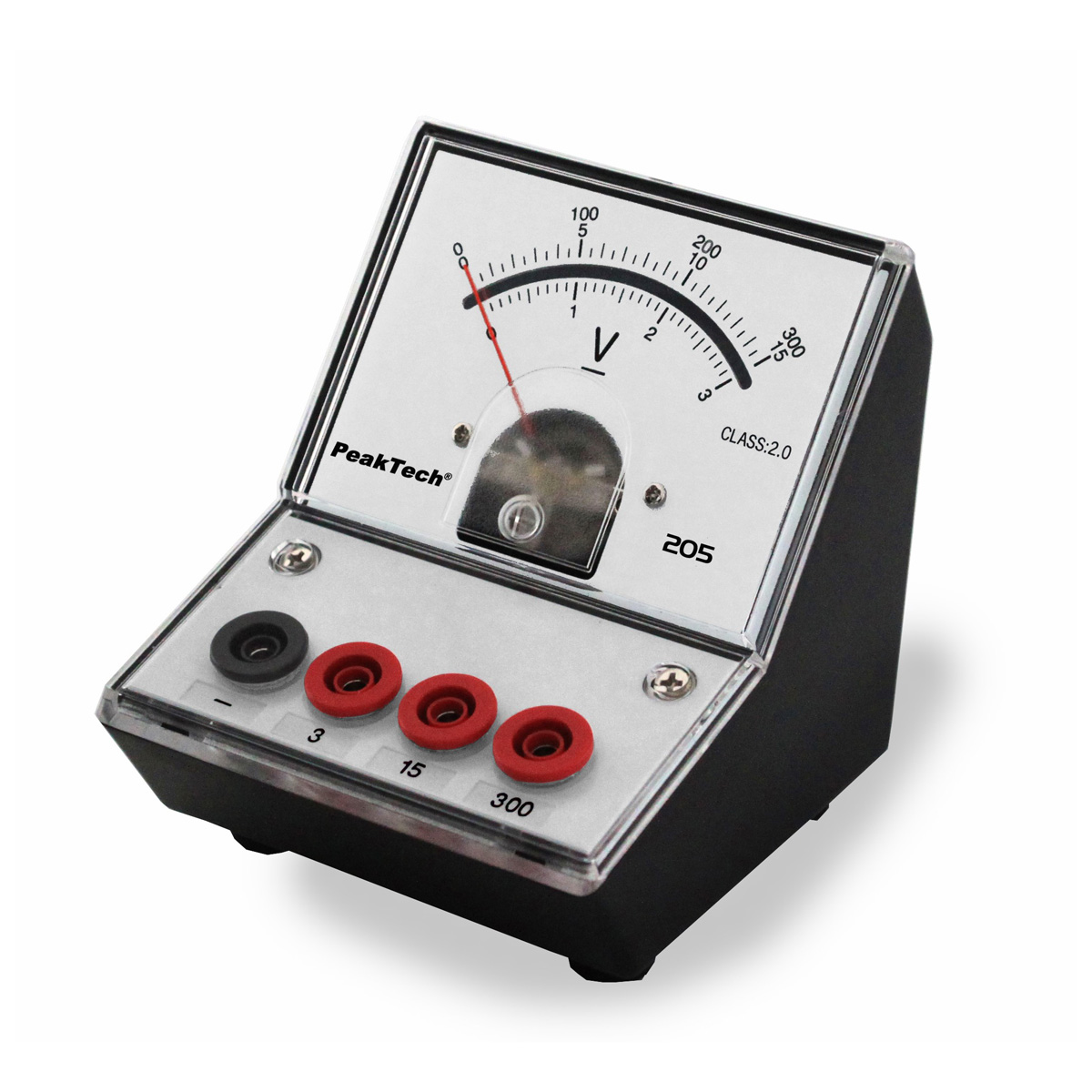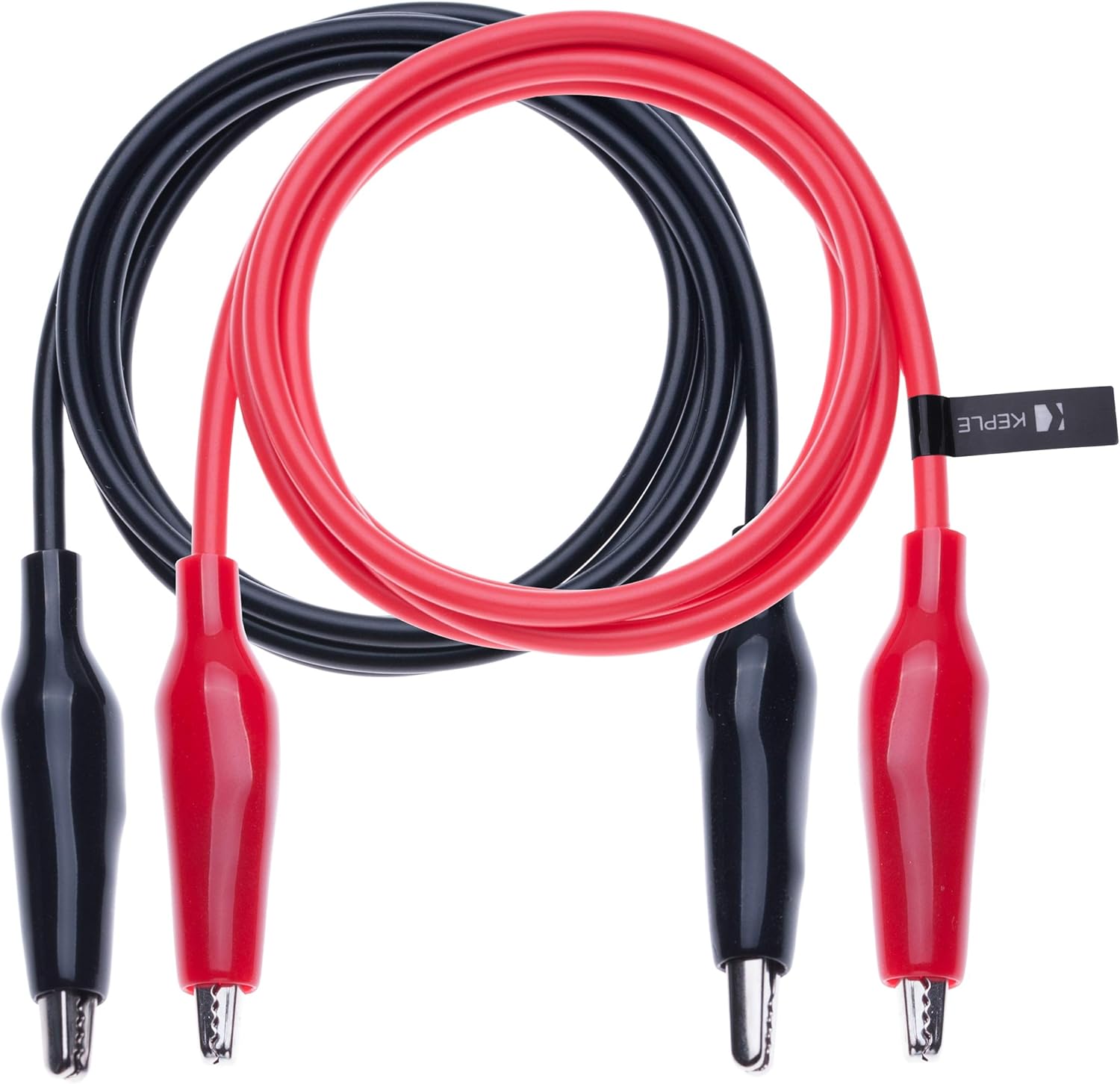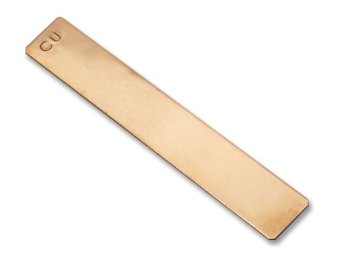Pre lab
Purpose: which fruit will produce the most electric voltage.
Hypothesis: The fruit that will produce the most electric voltage will be a lemon when trying other fruits.
Materials: 1 voltmeter, 2 wires, 1 nail, 1 copper strip, at least 3 fruits





Procedure: Make sure you have the right materials in order to do the experiment. Next put 2 wires on the voltage meter: 3V and +DC. Place copper strip and nail into fruit, +DC goes on copper strip and 3C goes on nail. Check the voltage meter to find how much electric voltage the fruit has. when done with the fruit reapeat 2 more times on different fruits.
Reasoning: The reason I think that the lemon will produce the most electric volts is because of the citric acid.
Lab
Fruits used: plum, apple, nectarine, orange, lemon.
Observations: The more you push down on the fruit , the more voltage charge you get, The voltmeter would not work if the wires weren’t hooked on strongly, even if we just touched the copper and nail to the fruit the voltmeter would change, if you add more nails and copper to the fruit there is more charge.
Results: The more acidic fruits produced more voltage. for example the lemon had 1V of electricity and the orange had .84V but the apple only had .4V and the plum had .5V. this is because the lemon and orange are more acidic. This is because the citric acid in the fruits is an electrolyte that allows electricity to flow. The orange and lemon just have more citric acid therefore making it have more volts.
Independent variable: the fruit
Dependent variable: voltage
Controlled variables: Type of fruit and fruit size




Most important finding: My hypothesis was correct but I didn’t realize how much more electricity the lemon would have over the other fruit.
Conclusion: I was able to get a Electric voltage with each piece of fruit. My hypothesis was correct the lemon had the most electrical voltage. I wonder what would happen if I compared the lemon to a lime.
Questions
what is causing electrons to flow in this experiment?
The electricity that flows through this experiment is from the chemical reactions going on. The acidic juices from the fruits and the zinc coded nail have a chemical reaction which causes the electrons to flow.
What are the independent, dependent and 2 controlled variables in this experiment?
Independent- the fruit
Dependent- voltage
2 controlled variables- Type of fruit and fruit size
How can we modify our experiments to improve our results?
The way we can modify our experiments to improve our results is 1. upgrade the Equipment. For example when me and my lab partners first tried this experiment nothing happened because the wires were broken. 2. getting more of a variety of fruit like grape fruit and pineapple.
What could be sources of error or uncertainty in our experiment?
Sources of error or uncertainty in this experiment could be the old Equipment not working and us not setting it up correctly.
How can I use this in my everyday life?
You can use this in your everyday life because your getting voltage from that fruit and voltage is used in so many things like phone chargers, fans, electric heaters etc.













